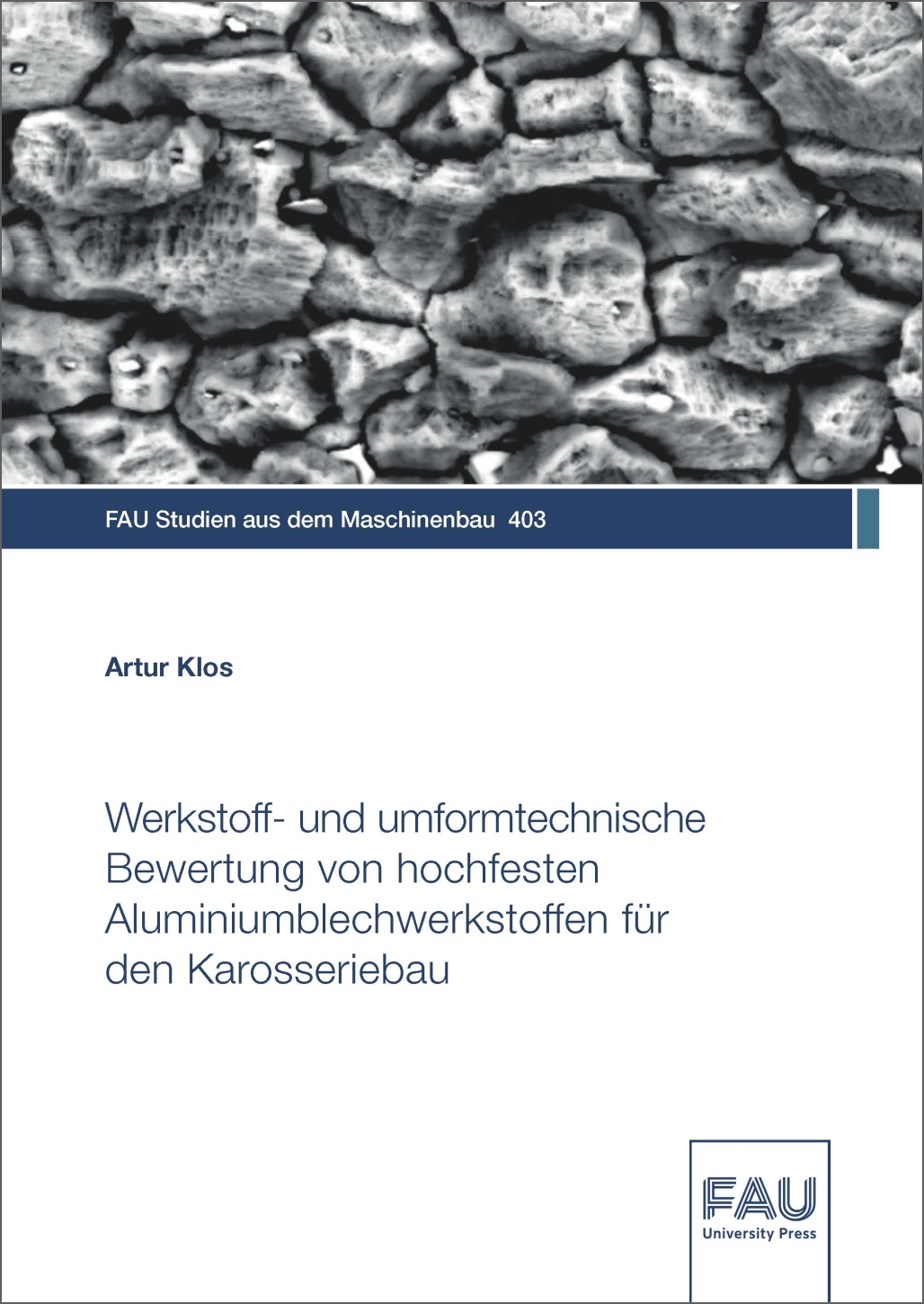Description
The automotive industry is facing a variety of new challenges that generate an accelerated transformation pressure. A promising approach to achieve resource efficiency through lightweight design in vehicle body-in-white construction is the investigation of 6000 alloys at the limits or outside the specification of conventionally used aluminum sheet materials in body-in-white. Since both the precipitation evolution and the mechanical properties are strongly dependent on the respective composition of the material and the processing parameters, the central objective of this work is to generate a fundamental understanding of the forming and material behavior of Al-Mg-Si-Cu alloys in various process strategies and to identify the process limits for their application in the vehicle body. In this context, an understanding of the influence and influenceability of the mechanical properties as a function of temperature, time and plastic strain in the conventional process route, in an economically integratable post forming heat treatment and a property-oriented partially age-hardened T61 state is the basis for the definition of the process windows. Thru microstructural investigations via scanning electron microscopy, transmission electron microscopy and dynamic differential calorimetry, the detection of strength-increasing and corrosion-sensitive phases together with their evolution was achieved. Finally, the findings are validated under series production conditions and verified using the B-pillar application in order to evaluate the potential for industrial implementation. Universal guidelines for efficient characterization and definition of limit values for crash-relevant body-in-white application can be transferred to other material concepts.


Reviews
There are no reviews yet.